News
How To Select The Right DTH Bit For Rock Drilling?
In DTH drilling, the rock drilling bit is a continuation of the shank, which the rock drill piston strikes directly. Since the piston is in direct contact with the drill bit, little energy is lost. This gives DTH drilling a nearly constant penetration rate regardless of hole length.
When selecting the right bit for optimum performance you have to balance penetration against bit life. On occasion you can successfully sacrifice bit life for penetration, remember the rule of thumb that states that a 10% increase in penetration covers at least a 20% loss in bit life. We has three basic bits head designs: Flat Face, Convex and Concave. These are designed for specific applications for all rock types, hardness’s and conditions
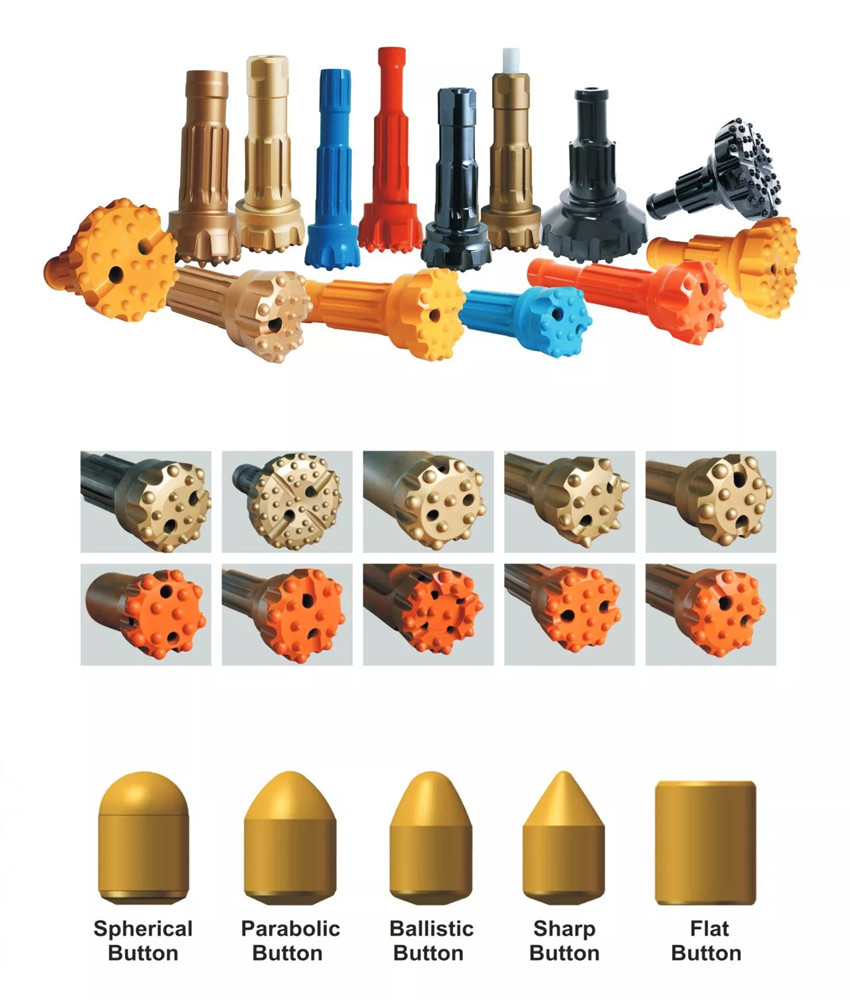
Bit Face Shape Selection
Center Drop Bit
For high penetration rates in soft to medium hard and fissured rock formations. Low to medium air pressure.
Maximum hole deviation control.
Concave Face
The all-around application bit face specifically for medium hard and homogeneous rock formations. Good hole deviation control and good flushing capacity.
Convex Face
For high penetration rates in soft to medium-hard with low to medium air pressure. It is the most resistance to steel wash and may reduce the load and wear on gauge buttons, but poor hole deviation control.
Double Gauge Face
This kind of face shape is suitable for fast penetration rates in medium to hard rock formations. Designed for high air pressure and good resistance to steel wash step gauge bit.
Flat Face Bit
This kind of face shape is suitable for hard to very hard and abrasive rock formation is applications with high air pressure. Good penetration rates and resistance to steel wash.
Competitive Advantage
• High grade tungsten carbide inserts
• Bit bodies manufactured from high grade steel and processed using state-of-the-art CNC machinery and heat treatment
Categories
Contact Us
- +86-1583 8088 573
- jinzhendrills@gmail.com
- 1583 8088 573
- +86-1583 8088 573
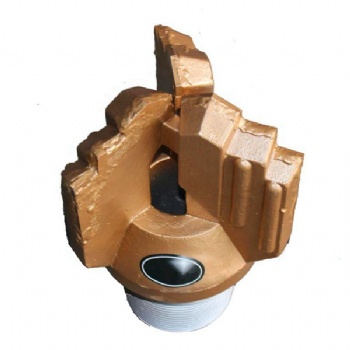
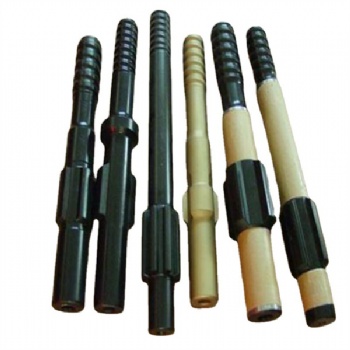
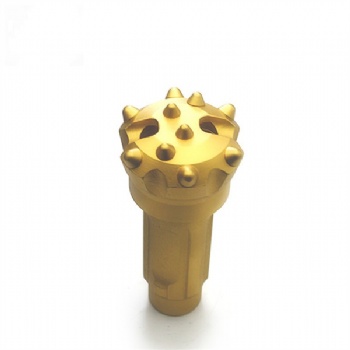
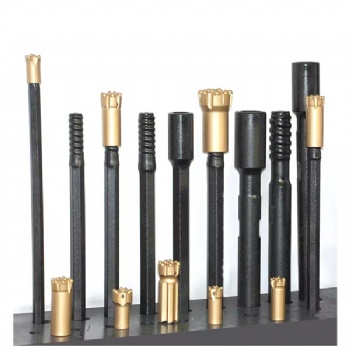
 售前客服
售前客服